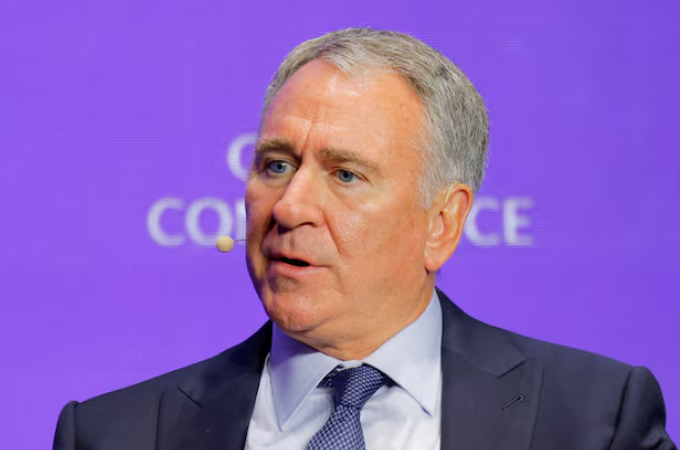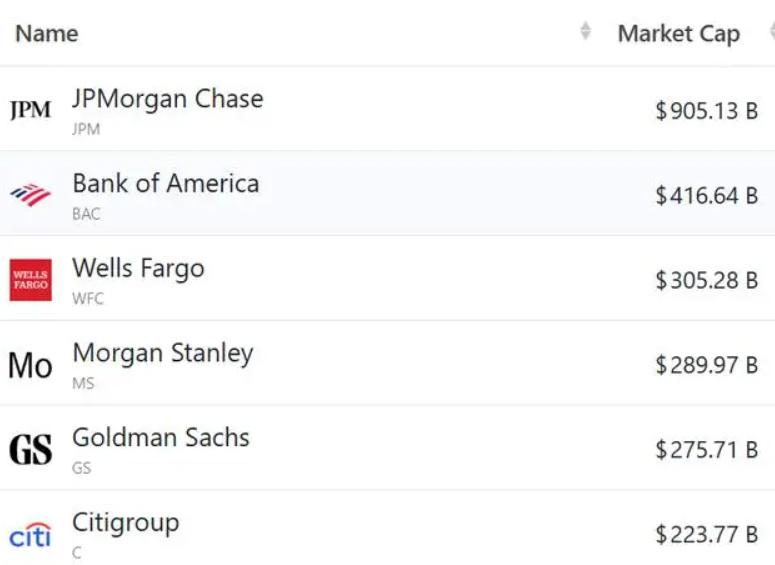
Citadel CEO Ken Griffin recently made another bombshell announcement in a CNBC interview: He expects the Federal Reserve to cut interest rates again this year. This prediction not only continues his long-standing focus on the direction of monetary policy but also reflects his in-depth understanding of the current US economic situation. With the Fed already embarking on a cycle of rate cuts, Griffin's prediction has undoubtedly sent shockwaves through the market.
As the head of one of the world's top hedge funds, Griffin's comments consistently capture the pulse of the economy. Historically, as early as 2023, he predicted the end of the Fed's rate hike cycle and warned that premature rate cuts could trigger a rebound in inflation. In 2024, he repeatedly emphasized the need for a "gradual" approach to rate cuts to avoid a sudden policy shift. His latest statement seems to suggest that despite the Fed's three rate cuts this year, shifting economic conditions will drive interest rates further downward.
First, while inflation is cooling, it remains resilient. The latest data from the Federal Reserve shows that core inflation has fallen from its peak, but recent rebounds in some monthly data have raised market concerns. Griffin has previously pointed out that the wave of "deglobalization" driven by global structural changes will continue to push up benchmark inflation, requiring the Fed to remain cautious and flexible in its policy adjustments.
Secondly, cracks are emerging in the labor market. Although the unemployment rate remains low, declining job vacancies and slowing wage growth suggest the job market is shifting from overheating to equilibrium. Coupled with the potential cost impact of Trump's tariff policy, downward economic pressure cannot be ignored. St. Louis Fed President Mousallem also recently mentioned rising labor market risks, echoing Griffin's concerns.
The deeper logic may lie in the contradictions in the Fed's policy objectives. Chairman Powell has repeatedly emphasized his vision of a "soft landing"—contain inflation while avoiding a recession. However, institutions such as Goldman Sachs have warned that the current pace of interest rate cuts is unlikely to keep pace with the economic cooling, leading to a significant divergence between market expectations and those of the Fed. Griffin's predictions may be an early response to this "expectations gap." If a rate cut is implemented, the release of liquidity will benefit risky assets. Historical experience shows that during rate cut cycles, the stock market often experiences a temporary rally, while the US dollar exchange rate may come under pressure. However, caution should be exercised against market volatility caused by hawkish rate cuts—for example, after the first rate cut in 2024, the Fed's cautious tone regarding the subsequent pace of cuts triggered stock market volatility.
Griffin's predictions also implicitly reflect a concern for the Fed's credibility. Cutting rates too early or too late could undermine market trust, as he warned in 2023: premature easing of monetary policy could severely damage the Fed's credibility due to a resurgence of inflation.
Griffin's comments reflect not only his assessment of interest rate trends but also his understanding of the nature of financial cycles. His emphasis on "structural inflation" and "policy credibility" points to the paradigm shift in the post-pandemic economy: factors such as the decline of globalization, the costs of green transformation, and an aging population are reshaping the long-term relationship between growth and inflation. Against this backdrop, the Fed's traditional policy tools face the challenge of diminishing effectiveness. Rate cuts are no longer a panacea and must be used in conjunction with fiscal policy, industrial subsidies, and other tools. Griffin's rate cut forecast provides important market guidance, but the Fed's ultimate decision will depend on the balance between real-time economic data and political pressure. This balancing act between expectations and reality will continue to shape the trajectory of global financial markets. Griffin's predictive logic—combining a "three-dimensional perspective" of economic fundamentals, policy history, and geopolitics—provides investors with crucial guidance.

Driven by the Trump administration's push to relax financial regulations and the recovery of investment banking business, the market value of the six major banks in the United States has cumulatively increased by approximately 600 billion US dollars by 2025.
Driven by the Trump administration's push to relax financia…
On Christmas evening, U.S. President Trump posted on social…
According to multiple foreign media reports, the recent fin…
The middle class, once regarded as the cornerstone of Ameri…
On December 19th local time, the US military launched a lar…
The Boxing Day sunshine should have cast a false glow of pr…